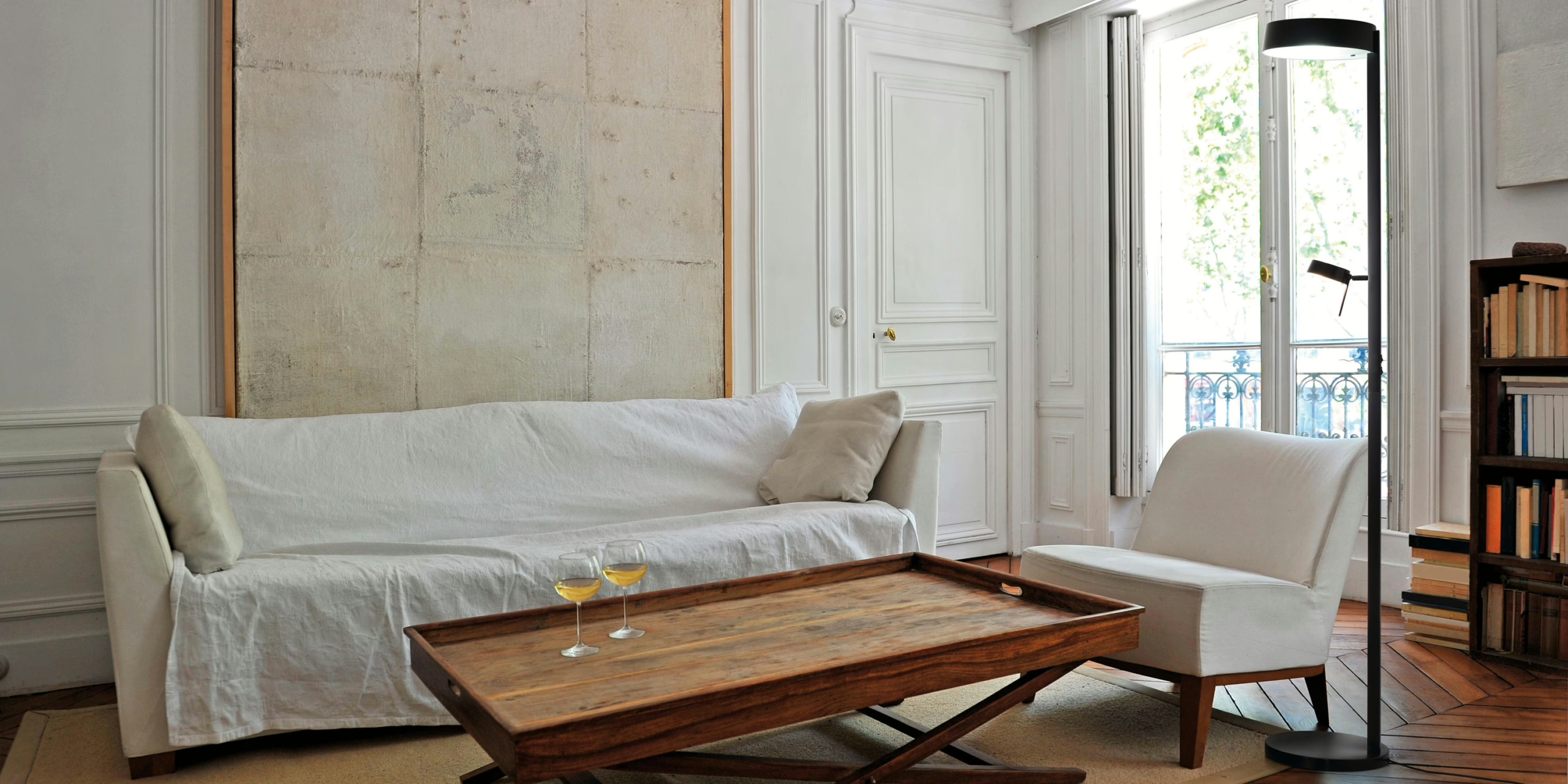Buying a floor lamp might seem simple at first, but once you start looking at all the options out there, it can get a little overwhelming. There’s a lot more to consider than just picking a lamp that looks nice in your living room. Floor lamps can set the mood, provide functional lighting, and even become a statement piece in a space. So if you’re in the market for one, it helps to know what really matters before making a choice.
First off, you should think about why you need the lamp in the first place. Is it to brighten up a dark corner? To read by your favorite chair? Or maybe just to add a cozy ambiance to the room? The purpose will help guide what kind of lamp works best. For example, if you’re looking for something for reading, a task lamp with an adjustable arm or shade is more practical. On the other hand, if it’s for mood lighting, then a torchiere-style lamp that throws light upward might be the better fit.
Size is another thing that’s easy to overlook. A lamp that looks great in a store might feel way too tall or too bulky once you get it home. As a general rule, the bottom of the lampshade should be at about eye level when you’re sitting down, which usually means a lamp around 60 inches tall. But it can vary depending on your furniture and ceiling height. Also, keep in mind how much floor space you’re working with—some lamp bases can be quite wide, and that might not work well in a tighter spot.
Then there’s style, which of course is really subjective. Some people love clean, modern floor lamps, while others prefer more traditional or vintage designs. Whatever your taste, it’s a good idea to match the lamp’s design with the rest of your furniture or at least make sure it doesn’t clash. That said, sometimes a bold, unexpected lamp can add a really cool touch to a room. It kind of depends on your confidence with mixing styles.
Let’s talk about light bulbs and brightness for a second. A lot of people forget to check what kind of bulb a floor lamp takes before buying it. Some lamps only work with specific types like LEDs or CFLs, and not all of them are dimmable. If you’re after a soft, cozy glow, make sure you pick a lamp that allows for dimming or uses warm light bulbs—somewhere in the 2700K to 3000K color temperature range. Bright white bulbs (4000K and up) are better if you need something more energizing or suitable for work tasks.
Another important factor is stability. Tall floor lamps can sometimes be a little wobbly, especially cheaper ones with narrow or lightweight bases. This might not seem like a big deal at first, but if you have pets or kids running around, you definitely want something that won’t tip over easily. A heavy, wide base will make a huge difference in how secure the lamp feels.
One thing I personally forgot to check once was the cord length—I assumed it would be long enough to reach an outlet, but it wasn’t. So, now I always recommend checking the cord length before buying. It saves you from needing an ugly extension cord later.
And lastly, don’t forget to think about price and quality. You don’t have to spend a fortune to get a good lamp, but if something seems too cheap, it might not last. Look for something with decent build quality, especially if it’s going to be used every day. Also, a quick glance at user reviews can go a long way in spotting common issues, like poor switches or flickering.
At the end of the day, the right floor lamp should do more than just light up your room—it should fit your lifestyle, your space, and your style. Take your time choosing one that checks all the boxes, and you’ll probably enjoy it for years to come.

